perlite vs pumice ? your preference?
juper
14 years ago
Related Stories

FARM YOUR YARDHow to Grow Vegetables in Containers
Get glorious vegetables and fruits on your patio with a pro’s guidance — including his personal recipe for potting mix
Full Story
HOUSEPLANTSMother-in-Law's Tongue: Surprisingly Easy to Please
This low-maintenance, high-impact houseplant fits in with any design and can clear the air, too
Full Story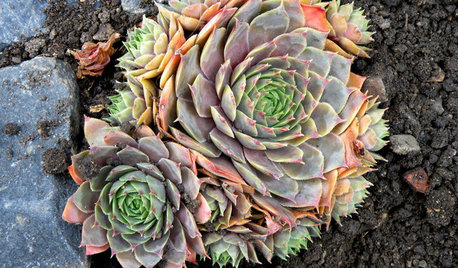
GARDENING GUIDESGreat Design Plant: Hens-and-Chicks
Plant Sempervivum succulents for fuss-free garden color and character all year
Full Story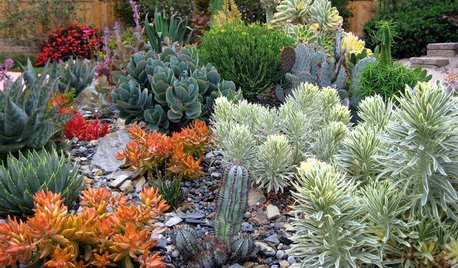
GARDENING GUIDESA Beginner’s Guide to Growing Succulents
Their easy-care reputation is well-deserved, but a little TLC will turn succulents into star plants
Full Story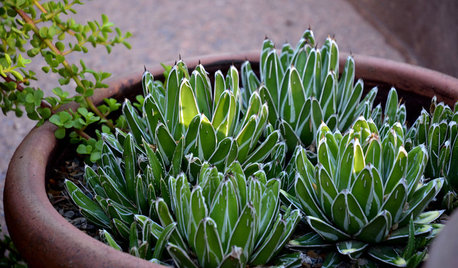
GARDENING GUIDES10 Small-Scale Agaves Just Right for Containers
Use these little living sculptures to enhance your outdoor spaces, from alfresco dining tables to urban courtyards
Full Story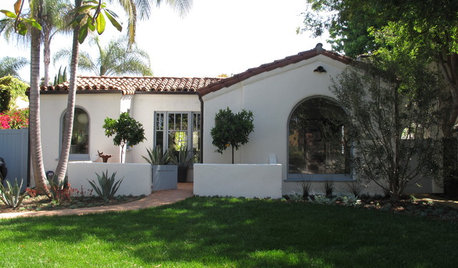
ARCHITECTURERoots of Style: Many Cultures Make Their Marks on Mediterranean Design
If you live in California, Florida or certain other parts of the U.S., your architecture may show distinct cultural influences
Full Story
GARDENING GUIDESGarden Myths to Debunk as You Dig This Fall and Rest Over Winter
Termites hate wood mulch, don’t amend soil for trees, avoid gravel in planters — and more nuggets of garden wisdom
Full Story
HOUSEPLANTSPlay Up Some Fiddleleaf Figs for a Lively Indoor Tune
Strike a dramatic chord in a minimalist scene or a country note in a rustic setting — fiddleleaf fig plants harmonize with any style
Full Story
FUN HOUZZDon’t Be a Stickybeak — and Other Home-Related Lingo From Abroad
Need to hire a contractor or buy a certain piece of furniture in the U.K. or Australia? Keep this guide at hand
Full Story
LIFEBack to the Future of the House
Can the low-tech dwellings of the past offer design lessons for homes to come? A palace curator and book author says yes
Full Story





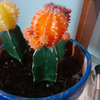
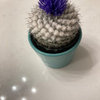
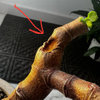
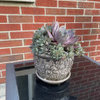
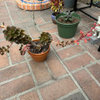
cactusmcharris, interior BC Z4/5
juperOriginal Author
Related Professionals
Saint Louis Park Landscape Architects & Landscape Designers · South Elgin Landscape Architects & Landscape Designers · Huntington Landscape Contractors · Long Branch Landscape Contractors · Middletown Landscape Contractors · Mission Viejo Landscape Contractors · Elmont General Contractors · Gloucester City General Contractors · The Hammocks General Contractors · Avocado Heights General Contractors · Snellville Carpenters · Valdosta Carpenters · Manchester Decks, Patios & Outdoor Enclosures · Medford Decks, Patios & Outdoor Enclosures · West Palm Beach Decks, Patios & Outdoor Enclosurespirate_girl
juperOriginal Author
paracelsus
joscience
greenman28 NorCal 7b/8a
wantonamara Z8 CenTex
hadrian
norma_2006
pirate_girl
tjicken
hoovb zone 9 sunset 23
caudex1
turtleman49
TT, zone 5b MA
beachplant
cactusmcharris, interior BC Z4/5
meyermike_1micha
puglvr1
tjicken
cactusmcharris, interior BC Z4/5
tjicken
cactusmcharris, interior BC Z4/5
tjicken
stanofh 10a Hayward,Ca S.F. bay area
xerophyte NYC
joeplant
penfold2
hadrian
norma_2006
tjicken
xerophyte NYC
hadrian
tjicken
joeplant
xerophyte NYC
penfold2
haxuan
tjicken
penfold2
puglvr1
greenman28 NorCal 7b/8a
tjicken
cactusmcharris, interior BC Z4/5
penfold2
tjicken